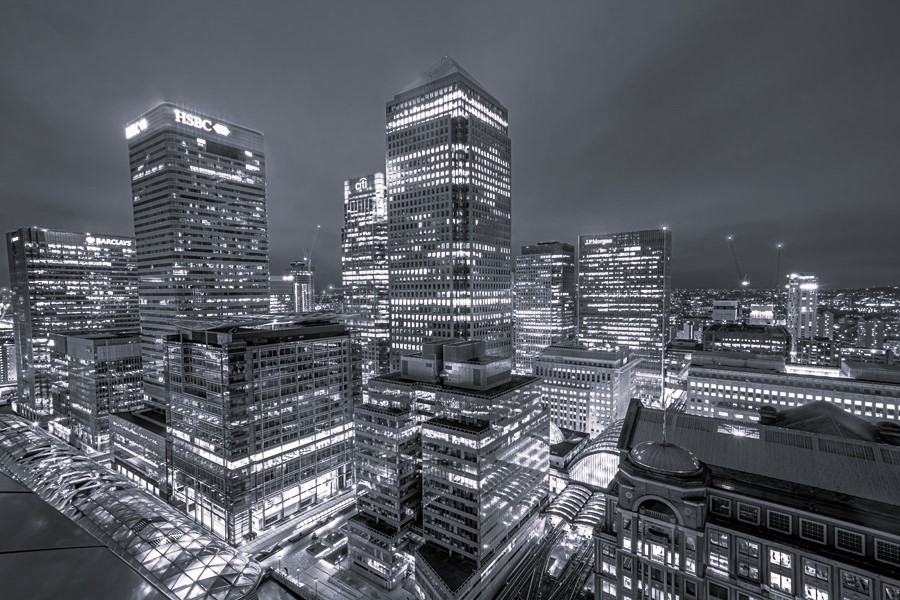Placemaking is emerging as an innovative concept in real estate capturing the attention of players across the real estate spectrum. Its power to transform forgotten spaces into vibrant experiences holds immense potential. Over the last 15 years, I have had the pleasure to work and research the impact of such projects. Projects as challenging as creating a new city, to a place of religious cohesion humbling the soul. Placemaking appears as a recent phenomenon, but it is embedded within a rich history.
The passing of the New Towns Act (1946) in post-war Britain laid the foundations for placemaking as the country sought to recover and craft a new identity. Four decades later, Britain unveiled Canary Wharf its first successful placemaking experiment, and since has made a permanent impact on London’s skyline, one that is incomplete in any visual. In the last 25 years, Britain has refined its expertise in placemaking by delivering large projects such as Stratford, Kings Cross, Battersea, and Earls Court. Built upon its past successes, Britain has embarked on a journey of regeneration of town centres to catalyse economic and social development. Recently, placemaking has entered a new arena—the Middle East. Projects such as Burj Khalifa, Dubai Mall, NEOM, Qiddiya, Diriyah Gate, and Red Sea are experimenting with bold designs, experiential spaces, and technologies capturing global headlines and the attention of stakeholders.
Sovereign wealth funds and investors back these projects while presenting opportunities for portfolio diversification and economic and social development. In 2020, Brookfield, through its partnership with the Investment Corporation of Dubai, diversified into a location undergone placemaking, DIFC, and four years later exited a large stake. Similarly, Battersea facilitated Malaysian government-backed investment managers to gain exposure to Britain’s real estate assets. Placemaking empowered the movement between East to West, and West to East and works before projects are completed. Saudi Arabia’s Asset Management space grew by six times, with strong spill-over effects and many opportunities for other players. Early research using econometric models has suggested a link between real-estate asset classes.
For operators, placemaking provides new avenues for growth and revenue generation leveraging their specialist skill set. The burgeoning tourism industry across the Middle East has attracted multiple hospitality operators, with operators redefining traditional sub-sectors conforming to the place while enhancing the value proposition. While British retail-centric projects have propelled property managers to have streamlined operations and lean cost structures. Additionally, utilising operators’ expertise during project conceptualisation ensures cost-efficient operations. Early anecdotal evidence from placemaking projects in the Middle East, is seldom considered leading to ROI Impacts.
The most profound impact of placemaking projects is their ability to revitalise and enrich communities. Facilitating community collaboration and cohesion through experiential spaces focused on leisure and culture. Projects such as Kings Cross and King Salman Park aim to provide such spaces and reposition a city’s centre. Considering ageing real estate stock, placemaking presents a platform to challenge to rethink our approach to urban design, which is more sustainable, inclusive, and experiential. Whether placemaking is achieved through urban regeneration or greenfield development, its legacy is lasting economic and social progress.
Placemaking projects are large, and complex faced with financial and environmental sustainability challenges. Recently, The Line cut back on its ambition indicating early funding challenges supplemented with the growing scrutiny around its sustainability. Increasingly, there is a need for an integrated approach to planning and executing placemaking projects. Moreover, the fulfilment of socio-economic goals is seldom discussed and requires greater attention and accountability.
Despite these challenges, an area undergone placemaking imbues a different energy filled with optimism, enthusiasm, and revitalisation embodying the motto “from neglection to reflection.” Reflecting a community’s perseverance to be better and look towards the future. More is needed to develop an integrated approach, as Placemaking plays a role in revitalising and developing the cities of tomorrow.







